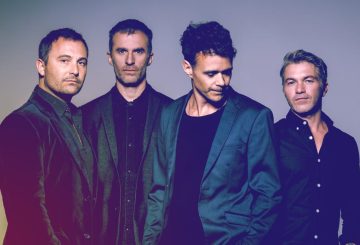ニュージーランドのファカタネにある学校は、先住民族の博士課程卒業生の数が最も多い学校です。卒業式の衣装を着た学生たちが町を歩いていると、通りには伝統的な歌や踊りがあふれていました。テ・ワレ・ワナンガ・オ・アワヌイアランギという学校は、5月10日に生徒たちの努力に敬意を表し、先住民族の博士課程卒業生の数が過去最高を記録したことを祝う式典を開催しました。
同校の最高責任者であるワイレム・ドハーティ教授は、2,500件近くの資格を授与したことは驚くべきことであり、そのうち14件は博士課程の資格であると述べています。卒業式は学生たちの歩みと教育への献身を称える時だと、博士は語りました。
この日は、テ・マヌカ・トゥタヒ・マラエで伝統的なマオリの歓迎を受けた後、町を散策し、マラエに戻って式典を行いました。授与された資格の中には、コミュニティ開発、ガバナンス、教育への貢献が認められ、エイドリアン・フォン・トゥンツェルマンに特別教育フェローシップが授与されました。
テ・ワーレ・ワナンガ・オ・アワヌイアランギは、初級レベルのコースから博士課程までのプログラムを提供する高等教育機関です。ニュージーランドで唯一、先住民の学習方法やプログラムに焦点を当てた博士課程を提供している学校です。
ドハーティ教授は、ニュージーランドだけでなく国際的にも先住民研究の最前線に立っていることを誇りに思っていると言いました。卒業式のゲストの中には、オーストラリアのビクトリア州にあるムナーラ・センター・フォー・リージョナル・エクセレンスのグループもいました。彼らは、学校が採用している先住民の学習モデルについてもっと学びたいと思っていました。
同校では、卒業式に加えて、博士課程の卒業生を対象に研究成果を地域社会に紹介するためのシンポジウムも開催しました。研究テーマは、子どもを家族から引き離すことの影響から、河川保護、アイデンティティ・ポリティクスまで多岐にわたりました。
この学校は1992年に設立され、基礎研究から哲学博士課程までのプログラムを提供するニュージーランドで唯一の学校です。ファカタネ、オークランド、ファンガレイにキャンパスを構え、ワシントン州とハワイ州の先住民の博士課程の学生を含む5,900人以上の学生がいます。

















































-660x440.jpg)











